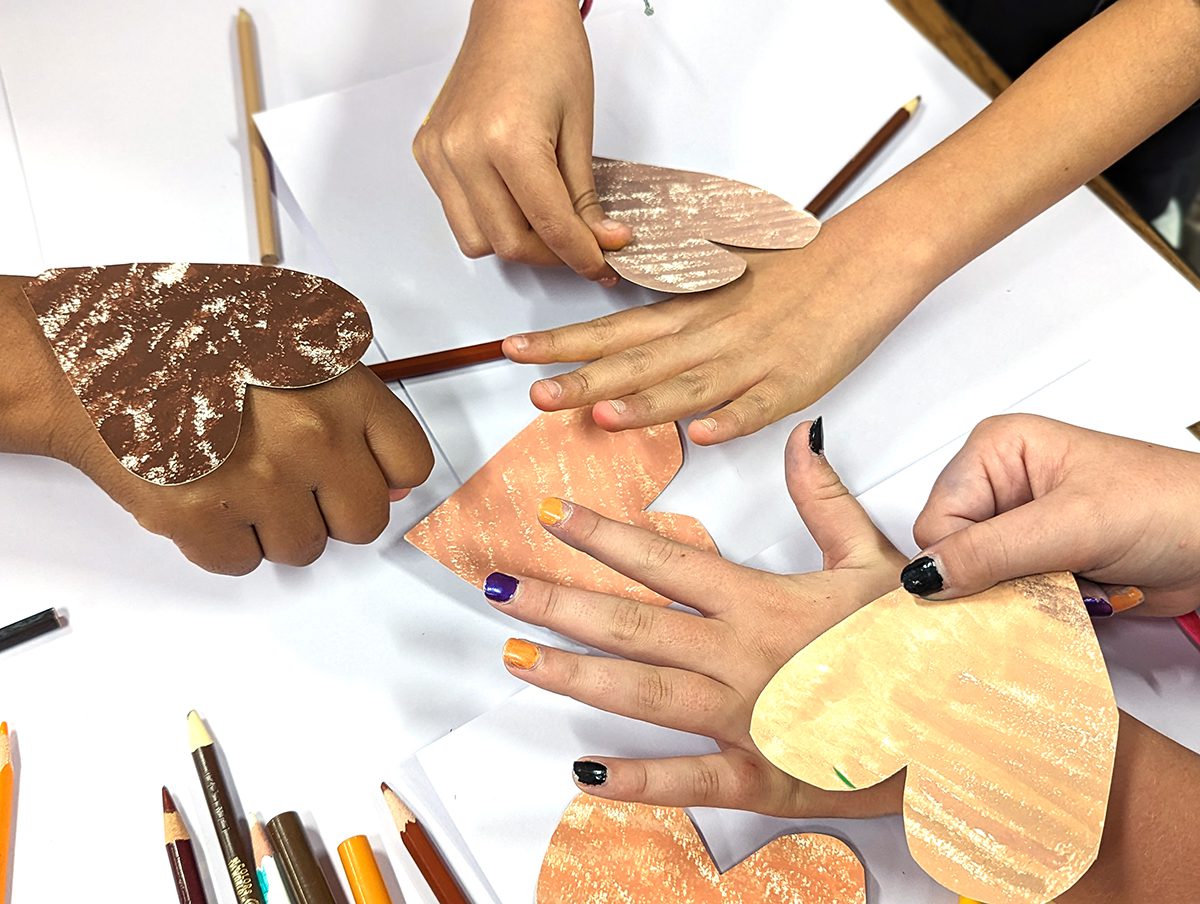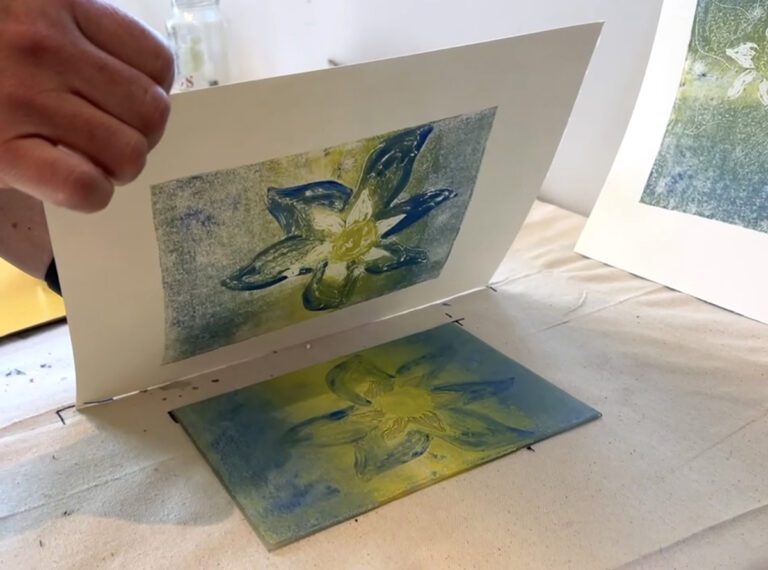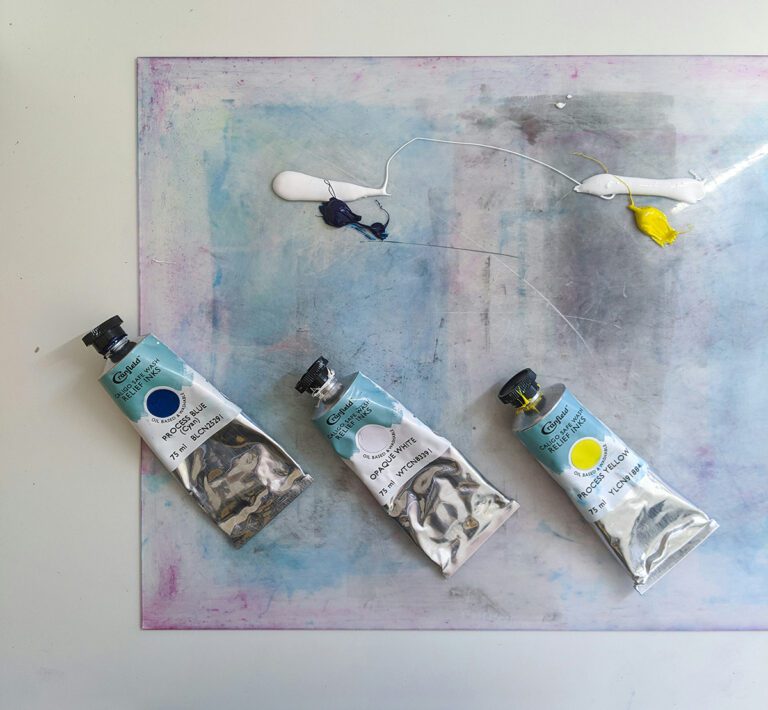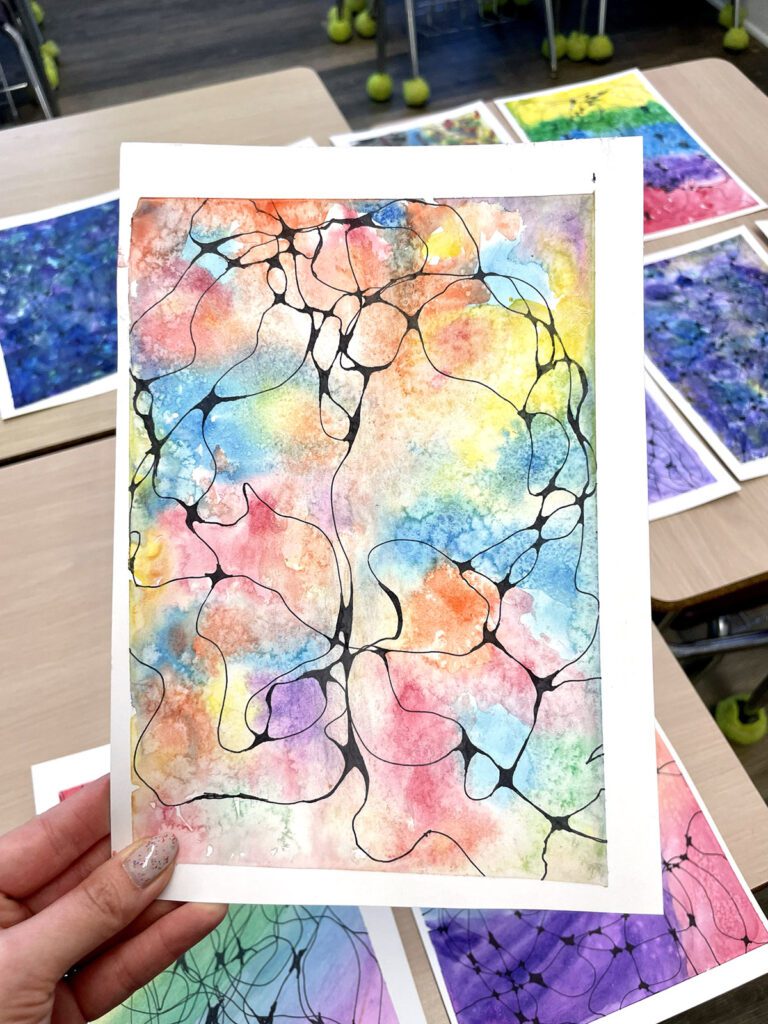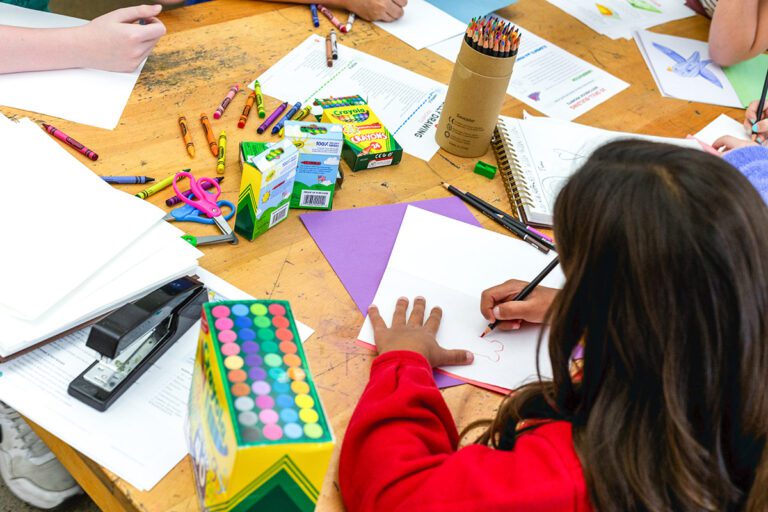We’ve all heard someone refer to the peach-colored pencil as the “skin-tone pencil.” This term can be true for some students, but for many others, it is not reflective of their skin color. This can be a good opportunity to provide pencils for other skin tones or introduce students to the intricacies of skin color mixing with tints, shades, and hues.
Keep reading to discover the importance of pre-mixed skin tone art supplies, student-favorite products, and three artists to share!
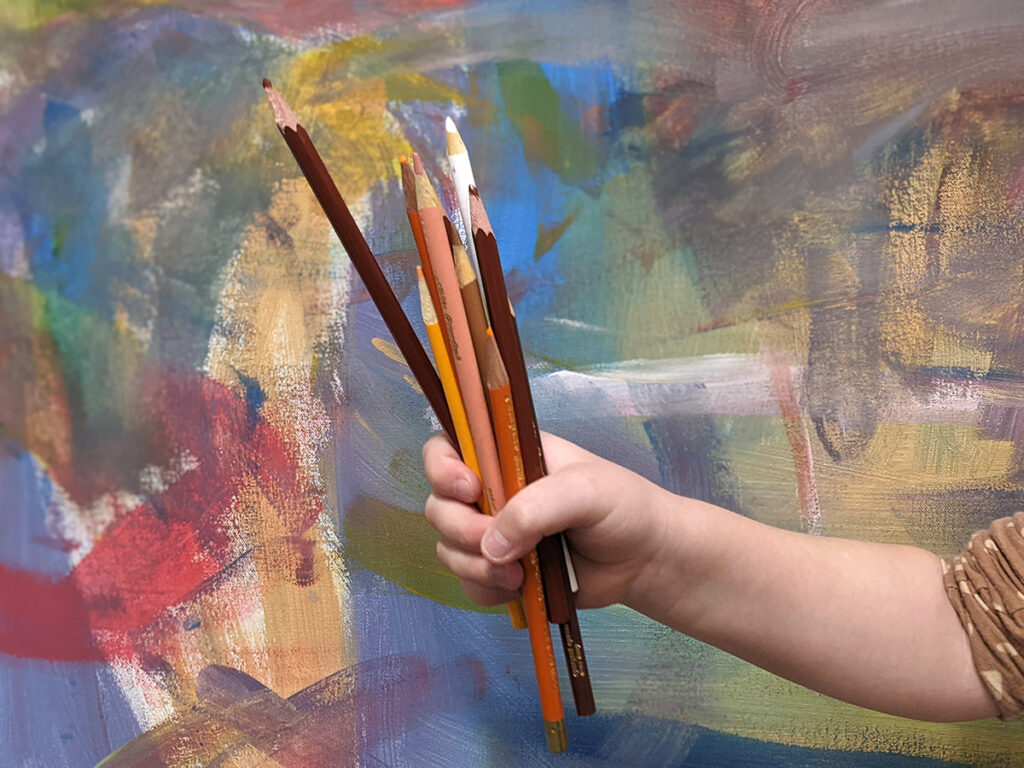
Why purchase pre-mixed skin tone art supplies?
Each person in your school, your community, and in the world has their own unique skin tone color. Your students deserve to be able to use materials that reflect their individual skin color in the art room. Fortunately, there are many art supplies available today with an assortment of pre-mixed skin tones.
These pre-mixed supplies make a great addition to the art room. They are easy to pull out for a quick drawing prompt or activity where you don’t have time to go in-depth with color mixing and painting. They also provide a way for students to more accurately depict themselves and others. This can encourage students to feel a sense of belonging and boost self-esteem in the art room and in visual art, reflecting the concept that representation matters. Include these supplies in your annual budget or write them into a grant.
Although companies are taking a good step forward by including a range of skin colors in their supply sets, be aware they will still not be representative of all skin tones. To learn more about how to navigate a class discussion on skin tone and color theory, read Using Color Theory to Deconstruct Race: Part One.
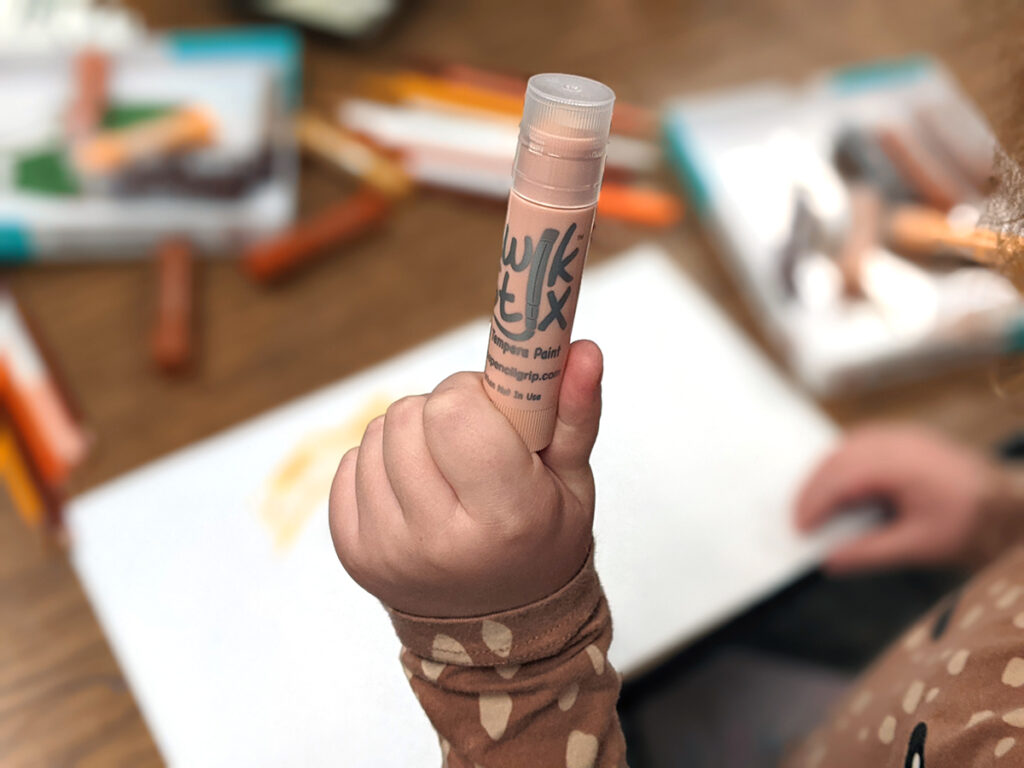
What are the best pre-mixed skin tone art supplies?
Many companies now have skin-tone art supplies available. But like any classroom materials, some work better and some are more bang for your buck. The supplies below are tried and true fan favorites with my students!
- Crayola Colors of the World Skin Tone Colored Pencils, 24 Count
These pencils are great for layering colors and blending tones. Students love using these for drawing projects. - Crayola Colors of the World Skin Tone Markers, 24 Count
The broad tip is the perfect tool for younger students to quickly fill in their drawings with saturated color. - Crayola Colors of the World Skin Tone Crayons, 24 Count
Crayons are a classic art supply item and create a nice, soft texture. - Multicultural World Construction Paper, 50 Sheets
Students enjoy the hunt through the pile for their skin tone. This color scheme set is a great addition to a collage unit! - Kwik Stix Global Skin Tones Paint Sticks, 14 Pack
These small-but-mighty tempera paint sticks are filled with beautiful colors that glide onto the page without the mess of paint. - Colorations “Color Like Me” Multicultural Washable Paint, 8 Colors
This set is a good starting point for matching skin tones with paint. The colors can be blended together to make custom skin tones. - CMYK Skin Tones Alcohol Markers, 48 Count
Level up your marker drawings with these. They add smooth color and offer a range of skin tone varieties.
This list of skin tone art supplies is just the starting point! For a deeper dive, read Using Color Theory to Deconstruct Race: Part Two to get your students to explore color mixing to achieve a perfect match to their own skin tone.
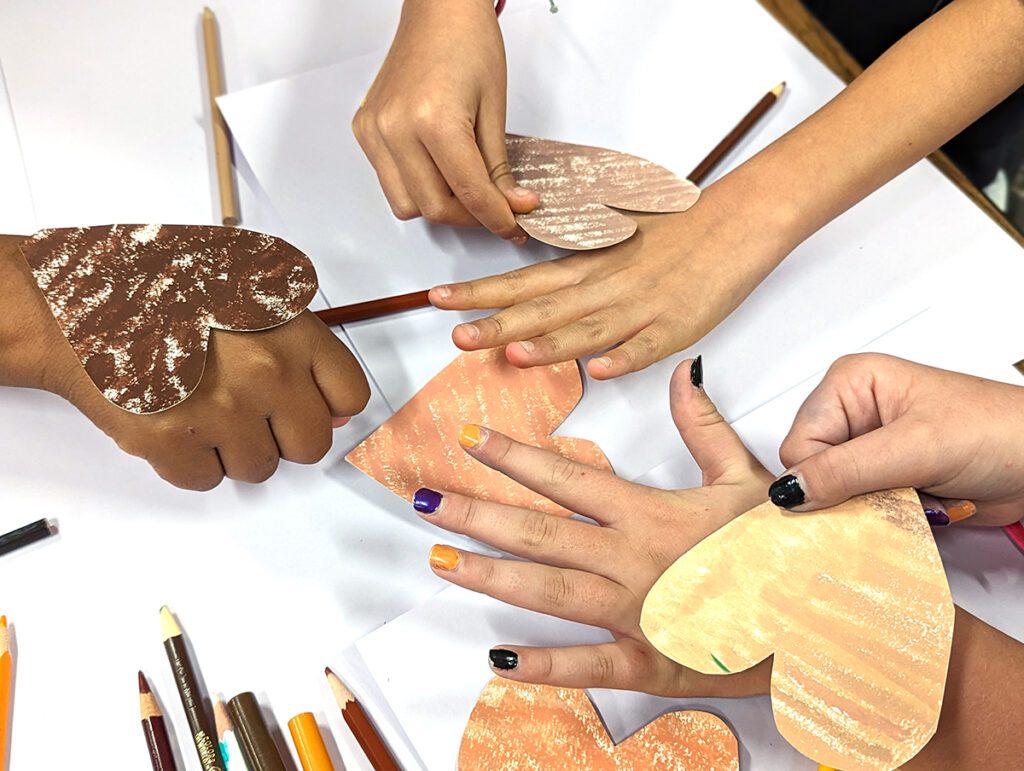
What artists can I share with my students?
Note: Review all resources and preview all artists to ensure the content is age-appropriate.
Here are three artists and artworks to share with your students for a lesson on color theory and skin tone:
- Humanae, by Brazilian artist Angelica Dass, is an art piece that focuses on the many colors of skin. The piece is comprised of nearly 4,000 portraits taken of volunteer models. The project focuses on showing the diversity and uniqueness of skin colors.
- Korean-American artist Byron Kim centers his art pieces on exploring race and the diversity of skin colors. His performance art piece Synecdoche creates perfect matches of volunteers’ skin tones.
- One of the greatest masters of skin tones is Rembrandt, the Dutch oil painter. The skin tones in his portraits range from pure white to deep reddish browns. See Rembrandt’s representation and depiction of the black community in the Netherlands in the 17th century.
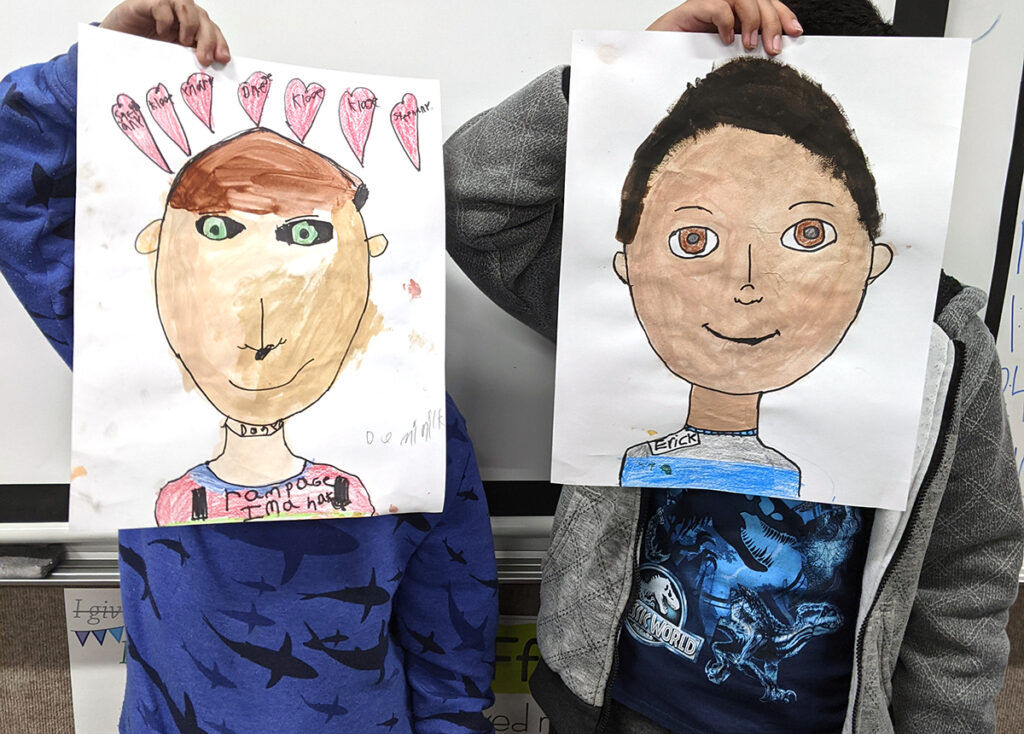
Provide a variety of skin tone colors in your art supplies to give students the opportunity to make their artwork more representational of who they are and who is important to them. Pre-mixed skin tone supplies are fantastic for quick drawings without the mess of paint. Take the conversation one step further and practice color theory and color mixing techniques to create unique skin tones that reflect the students sitting in your art studio. Hopefully, with these tips, your students will grow in awareness and will no longer refer to the peach-colored pencil as the “skin-tone pencil,” but simply as the peach-colored pencil.
Do you have skin-tone art supplies in your art room?
What is your favorite pre-mixed skin tone art supply?
If you have had your students mix their own skin tones, share a tip for success!
Magazine articles and podcasts are opinions of professional education contributors and do not necessarily represent the position of the Art of Education University (AOEU) or its academic offerings. Contributors use terms in the way they are most often talked about in the scope of their educational experiences.
